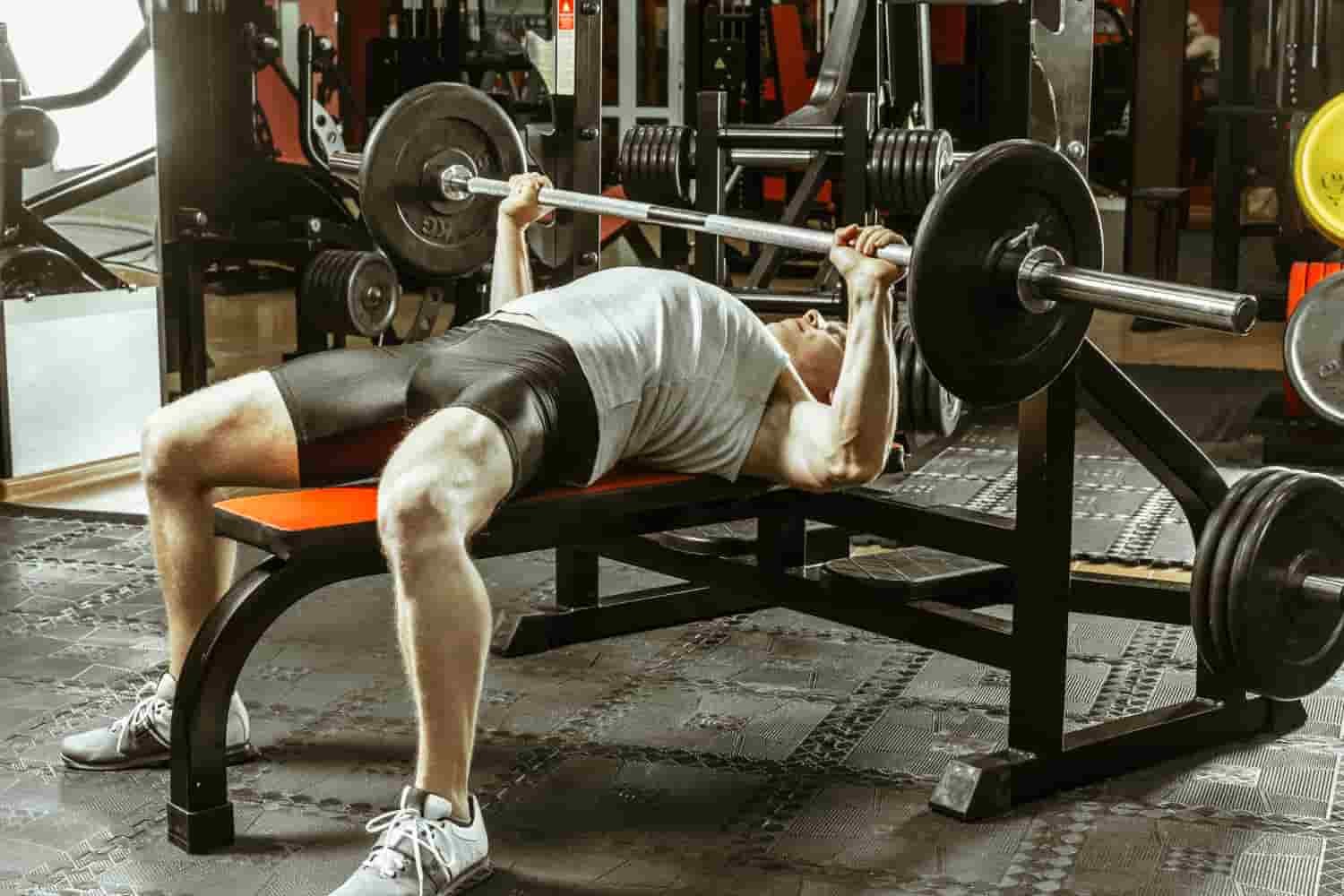The chest, comprising major muscles like the pectoralis major and minor, is one of the most impressive areas to develop in strength training. A well-developed chest is not only aesthetically pleasing but also essential for functional strength and stability. This article will delve into effective chest exercises, their benefits, and their impact on overall physical health.
The Anatomy of the Chest
Before embarking on a chest workout routine, it’s important to understand the anatomy of the chest. The chest muscles, primarily the pectoralis major and minor, are responsible for movements such as pushing, flexing the shoulder, and moving the arm across the body. Working these muscles can enhance both physical performance and visual appeal.
Why Focus on Chest Exercises?
Chest exercises offer a host of benefits, from improved physical appearance to increased functional strength. They can help improve posture, increase upper body strength, and contribute to better performance in other exercises and sports. Additionally, regular chest workouts can even assist in injury prevention by strengthening the supporting musculature around the shoulders.
Top Chest Exercises
Here are some of the most effective exercises for strengthening and sculpting the chest:
- Bench Press: A classic compound movement that not only works the chest but also engages the shoulders and triceps.
- Push-ups: A versatile bodyweight exercise that can be modified for various fitness levels and primarily targets the chest, triceps, and shoulders.
- Chest Flys: An isolation exercise, typically performed with dumbbells or on a machine, that targets the pectoral muscles.
- Dips: A compound bodyweight exercise that primarily targets the chest, triceps, and shoulders.
Detailed Look at the Exercises
Bench Press
The bench press is the quintessential chest exercise, engaging the pectoralis major, along with the triceps and deltoids. A study published in the Journal of Strength and Conditioning Research found that the bench press significantly contributes to both upper body strength and power, making it a staple in most strength and conditioning programs.
Push-ups
Push-ups are a convenient and versatile bodyweight exercise. According to a study in the Journal of Exercise Science & Fitness, push-ups can match the bench press in terms of muscle activation when performed with the correct form. Moreover, they provide the additional benefit of core engagement, enhancing overall body stability.
Chest Flys
Chest flys are an excellent exercise for isolating the pectoral muscles. A study from the European Journal of Physical and Rehabilitation Medicine highlighted that fly exercises effectively engage the pectoralis major, leading to improved chest strength and size over time.
Dips
Dips are a powerful bodyweight exercise that targets multiple muscle groups. The pectoralis major, anterior deltoids, and triceps are all significantly worked during dips, making them a highly efficient exercise for overall upper body development.
Creating a Balanced Chest Workout
While it’s essential to focus on chest exercises, it’s equally important to maintain a balanced workout routine. Over-emphasizing one muscle group can lead to imbalances and potential injuries. Thus, a good fitness regimen should also incorporate exercises targeting the back, legs, and core, along with regular flexibility and mobility work.</
Practical Tips for Effective Chest Training
Here are some practical tips to maximize the benefits of your chest workouts:
- Proper Form: Maintaining proper form is crucial to prevent injuries and ensure that the right muscles are being targeted. For example, when performing a bench press, keep your feet flat on the ground, back flat against the bench, and avoid lifting your hips off the bench.
- Variety: Incorporate a mix of exercises in your chest routine to work the muscles from different angles. This could involve mixing up the types of presses, flys, and push-ups you do.
- Progressive Overload: To stimulate muscle growth and strength gains, gradually increase the load or volume of your chest workouts over time. This could mean lifting heavier weights, performing more repetitions, or increasing the number of sets.
- Rest and Recovery: Muscles grow and repair during rest periods, not while you’re working out. So, make sure to allow adequate recovery time between chest workouts. Nutrition also plays a vital role in recovery, so ensure you’re consuming sufficient protein to support muscle repair and growth.
Case Study: The Impact of Regular Chest Workouts
To demonstrate the benefits of regular chest workouts, let’s consider a case study published in the Journal of Strength and Conditioning Research. The study tracked a group of beginners who participated in a regular chest-focused strength training routine for eight weeks. They performed exercises such as bench press, push-ups, and chest flys twice a week, while also engaging in a balanced routine that included other muscle groups.
By the end of the study period, the group saw significant improvements in chest strength and size. Notably, their bench press strength increased by an average of 30%, and they experienced a noticeable increase in pectoral muscle mass. Participants also reported improved functional strength in daily activities and sports.
Conclusion
Regularly performing chest exercises offers a wealth of benefits, from enhancing physical appearance to boosting functional strength and performance. Exercises like bench press, push-ups, chest flys, and dips are particularly effective at targeting the chest muscles. However, maintaining proper form, adding variety, progressively overloading, and ensuring sufficient rest are all crucial aspects of an effective chest workout routine. Whether you’re a fitness novice or a seasoned athlete, a well-structured chest workout can bring you one step closer to your health and fitness goals.








